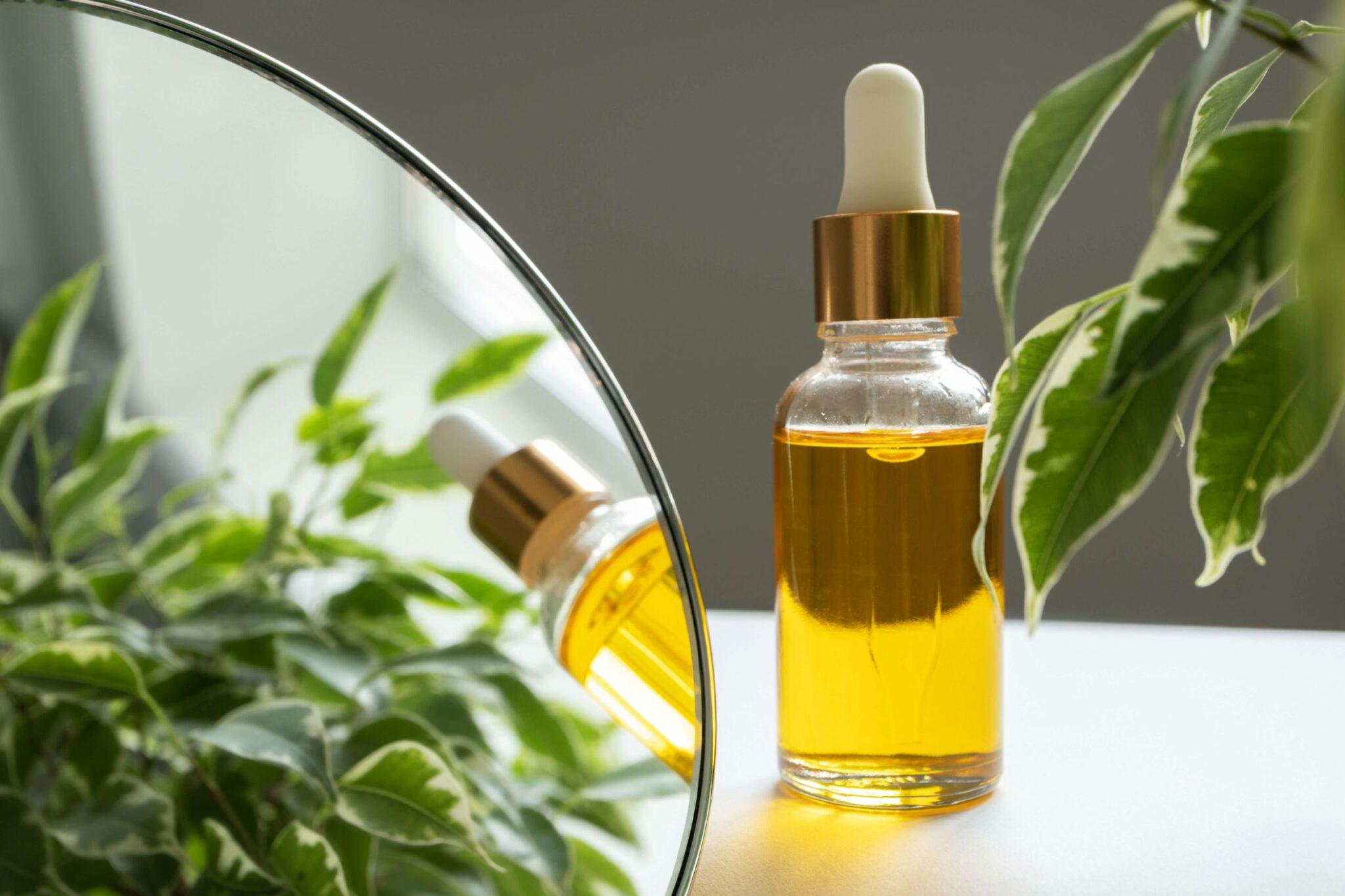The Skin Benefits of Vitamin E

Vitamin E is often added to cosmetic products to help maintain healthy skin; with claims that it provides nourishment and protection to all skin types. But is there any truth behind the hype? Certainly, preliminary work investigating the beneficial effects of vitamin E applied topically, found that the vitamin had a protective quality following UV irradiation. When compared to treatment with a placebo, there were fewer signs of acute and chronic damage to the skin.
So, what gives vitamin E its protective qualities? Well, to start with, it is a highly effective antioxidant. This means it protects against the harmful effects of excess free radical production. Vitamin E is acquired through the diet, but with age and increased sun exposure, the levels of vitamin E that are found in the skin decline. This effect is exacerbated by ionising radiation, putting cancer patients at increased risk, particularly as they are also likely to accumulate excess damaging free radicals. This can result in those who are undergoing cancer treatment having skin that looks prematurely aged, the most visible sign being dry, mechanically fragile skin. For a detailed review on factors that affect the skin, including aging, click here. Supplementing the skin’s vitamin E supplies with a topically-applied lotion can help to protect against some of this damage. In fact, most over-the-counter anti-aging creams sold today contain 0.5-1% vitamin E, demonstrating how widely used it is.
One way of incorporating vitamin E into a cosmetic product is to use plant-based oils such as the sweet almond oil which also provides natural sun protection. This makes them an ideal solution for anyone who is suffering from dry, painful, inflamed skin.
Sources:
- Burke, K E, et al. “Effects of Topical and Oral Vitamin E on Pigmentation and Skin Cancer Induced by Ultraviolet Irradiation in Skh:2 Hairless Mice.” Nutrition and Cancer, vol. 38, no. 1, 2000, pp. 87–97., doi:10.1207/S15327914NC381_13.
- Keen, M A, and I Hassan. “Vitamin E in Dermatology.” Indian Dermatology Online Journal, vol. 7, no. 4, 2016, pp. 311–315., doi:10.4103/2229-5178.185494.
- Whelan, C. “Vitamin E and Your Skin, Friends Through Food.” healthline, www.healthline.com/health/vitamin-e-for-skin. Medically reviewed by Gerhard Whitworth, RN on August 17, 2018.










